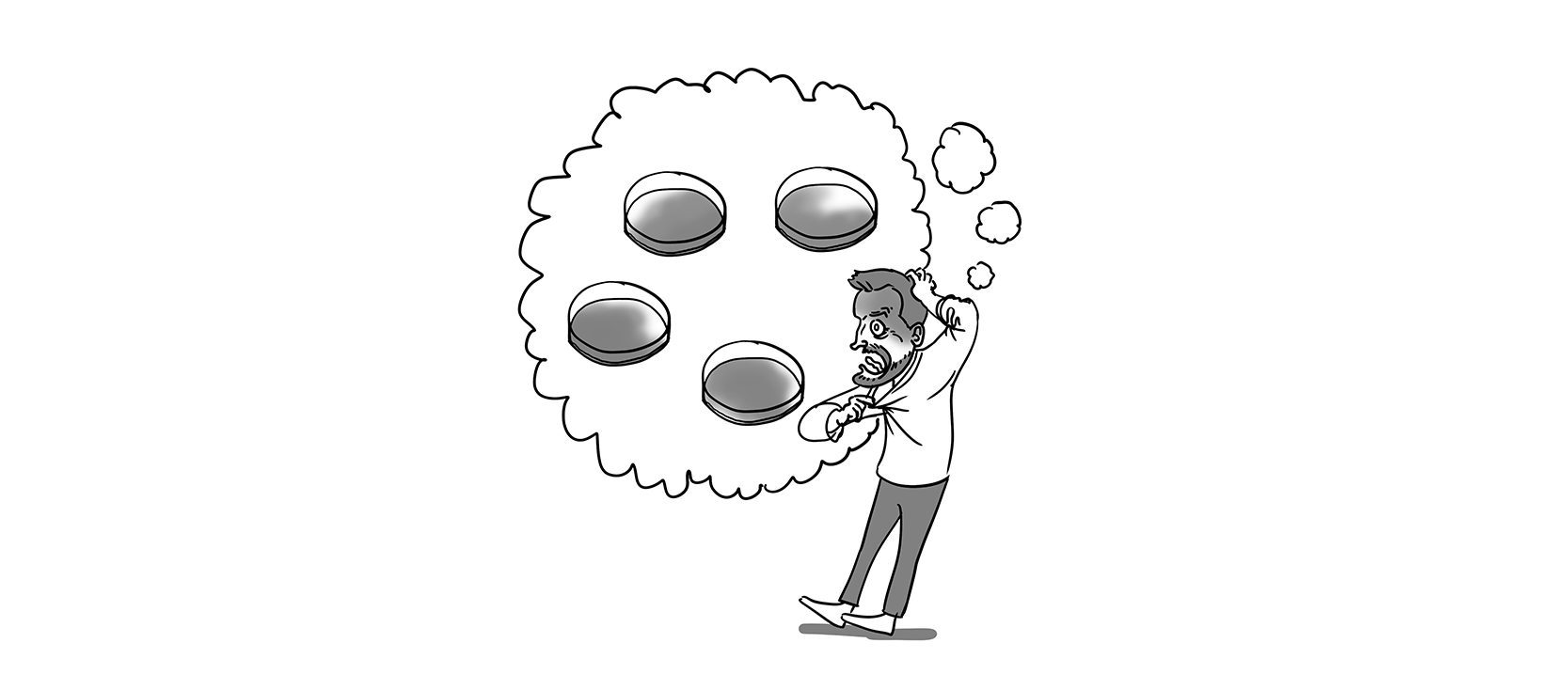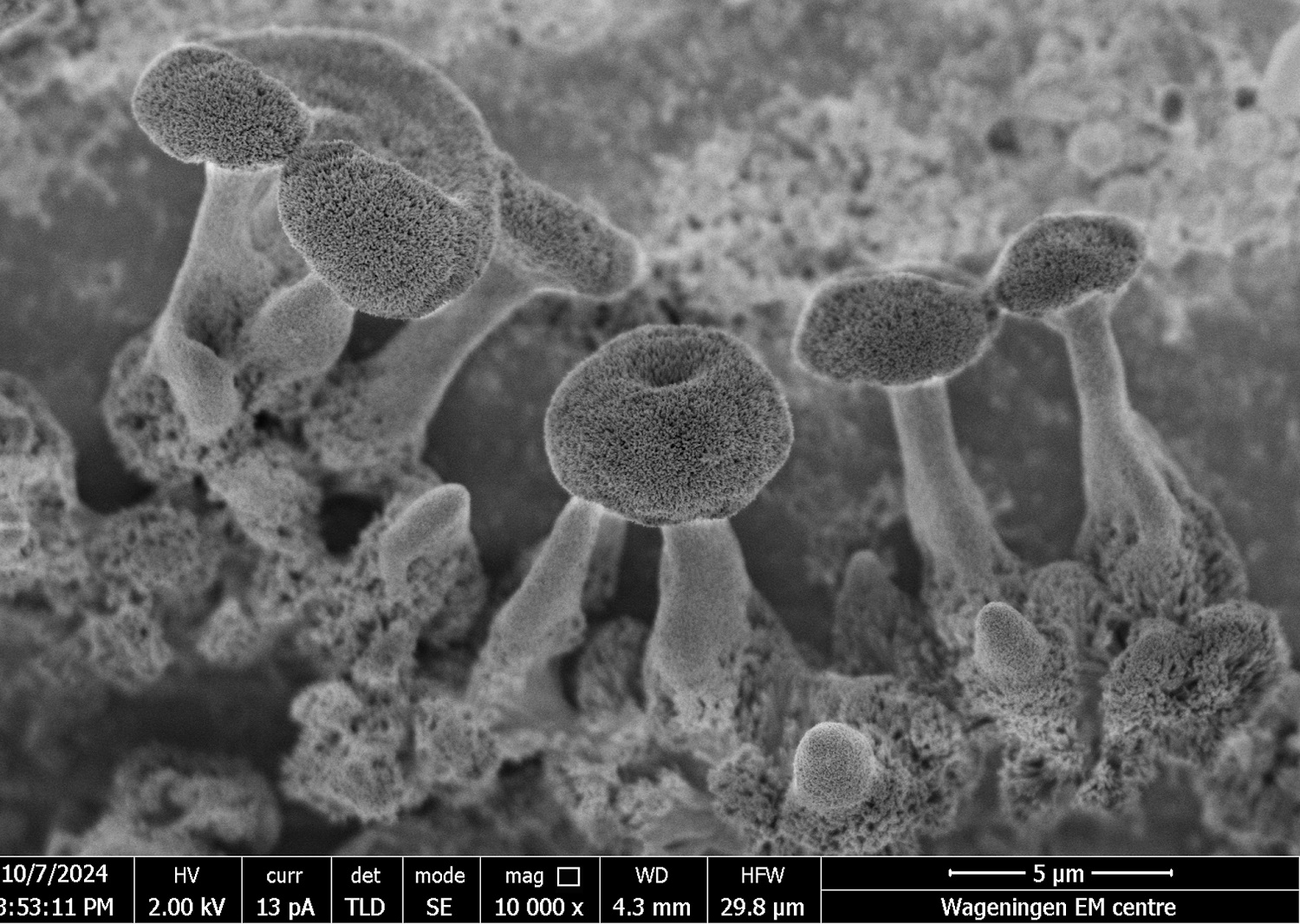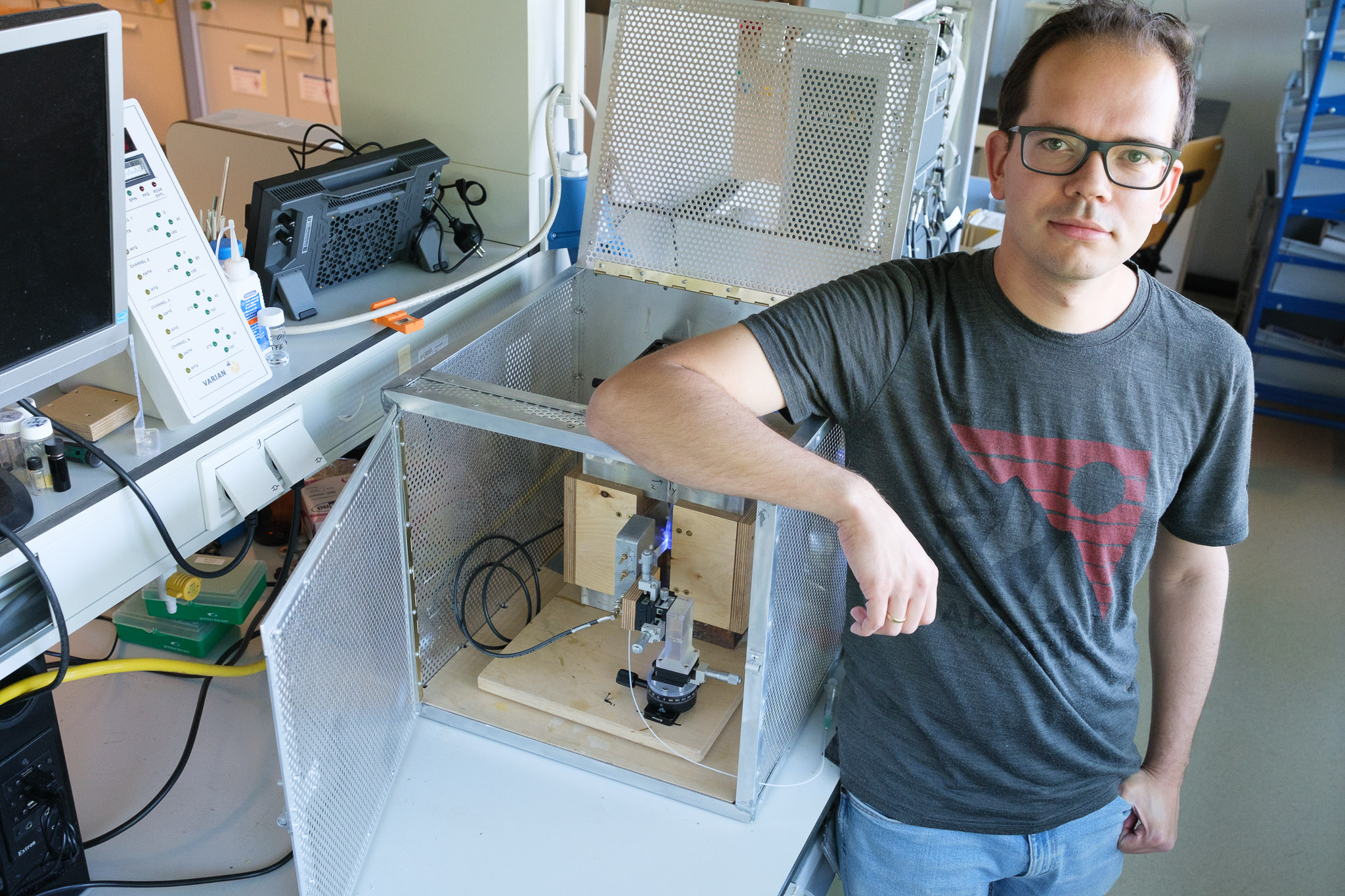In times of corona, teachers often find creative solutions to safeguard the quality of their remote teaching. Resource highlights two solutions in a two-part article. This is part two: Mini-lab in the mail.
Because practicals in the lab were cancelled, assistant professor Vittorio Saggiomo (Bio Nanotechnology) sent his students a box containing a mini-lab to their home address. Thus, they were able to conduct the practical assignments at home. ‘I did have to make some adjustments to the assignments, as we sent out forty boxes with chemicals’, Saggiomo says. ‘I left out the arsenic.’ Students and housemates Fabries Huiskens (26) and Ayleen Lascaris (24) both attended the course. They were delighted with the home-practical. Lascaris: ‘It was like unwrapping a gift. It was clearly something that had been done with great care.’
It was like unwrapping a gift
Ayleen Lascaris, student BioNanoTechnologie
Huiskes: ‘For the first assignment, we were provided with two solutions with known concentrations of proteins and glucose. By diluting these and applying them to paper testing strips as a sensor, we were able to take multiple benchmarks, resulting in a calibration curve. With the help of this calibration curve, we were required to determine the concentration of a third solution, which was a mix of protein and glucose. We photographed the testing strips with a smartphone and then analysed them on the computer. Everyone in my group did this at home, but, because everyone had different cameras or lighting at home, it was difficult to compare the results. This taught us that a sensor must have reproducible results in order to be reliable. This lesson served us in experiment number two.’
Corona test
During the second experiment, students were asked to measure the colour changes in a pH-indicator. ‘Different levels of acidity result in different colours’, Lascaris explains. They were also asked to determine the detection threshold of the fluorescence in the substance fluorescein. Lascaris: ‘These are both possible indicators for a rapid PCR test for COVID-19. So, it is not only fun to tinker with, but also extremely relevant.’
To take accurate measurements, the students were required to design a small electric circuit with a lamp and a sensor. Lascaris: ‘We did this using a sensor we partially designed ourselves and built. The circuit and the electronic colour sensor chip were in the box Vittorio sent us, but, to make a reliable sensor, we designed the casing ourselves using online 3D software. Vittorio then printed the casing for everyone using a 3D printer.’
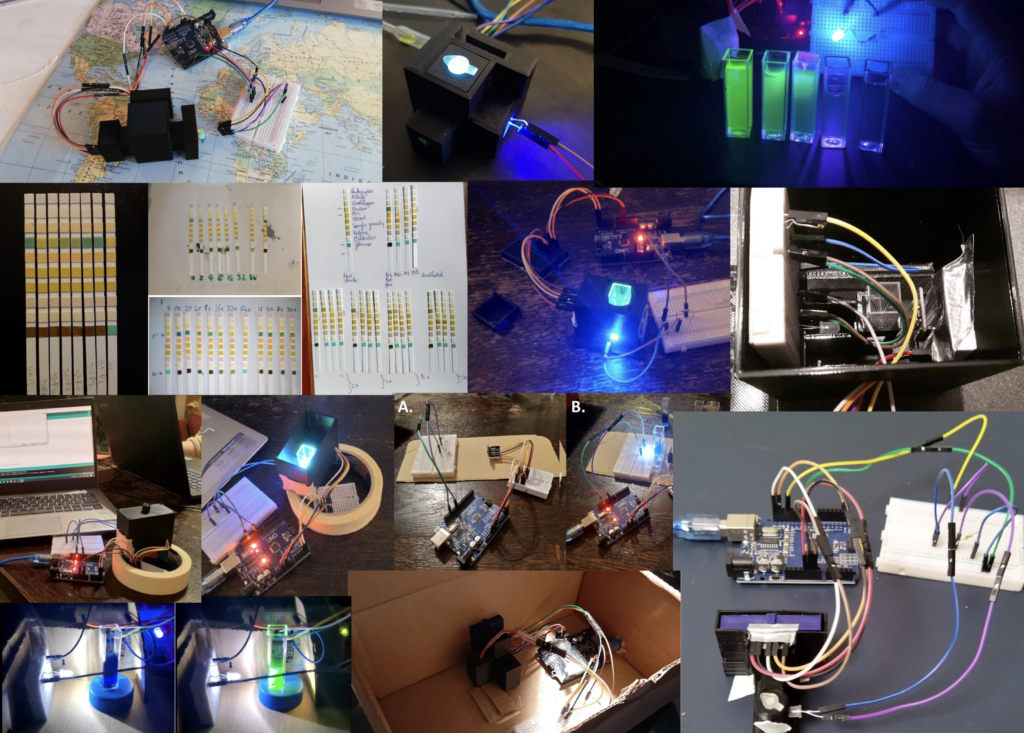
Simple means, reliable design
The goal of the practicum was to have students take the most reliable possible measurement. Huiskens: ‘So far, we have taken only one step in that design and measuring process. For serious results, this process must be repeated and fine-tuned a number of times. That will take you quite far.’
Are you a teacher looking for more inspiration? Check out the showcases on Brightspace.

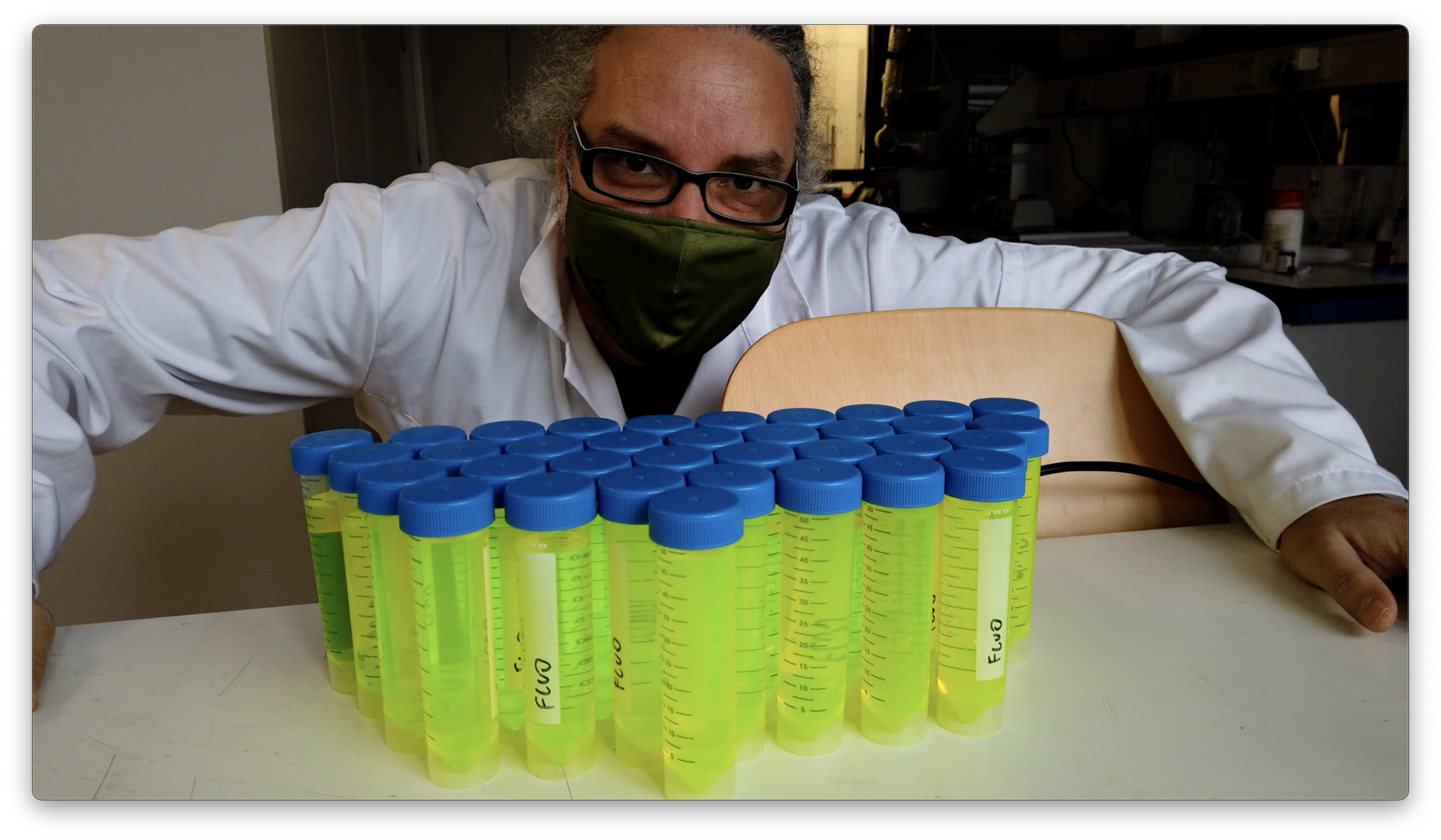 Assistant professor Vittorio Saggiomo
Assistant professor Vittorio Saggiomo 